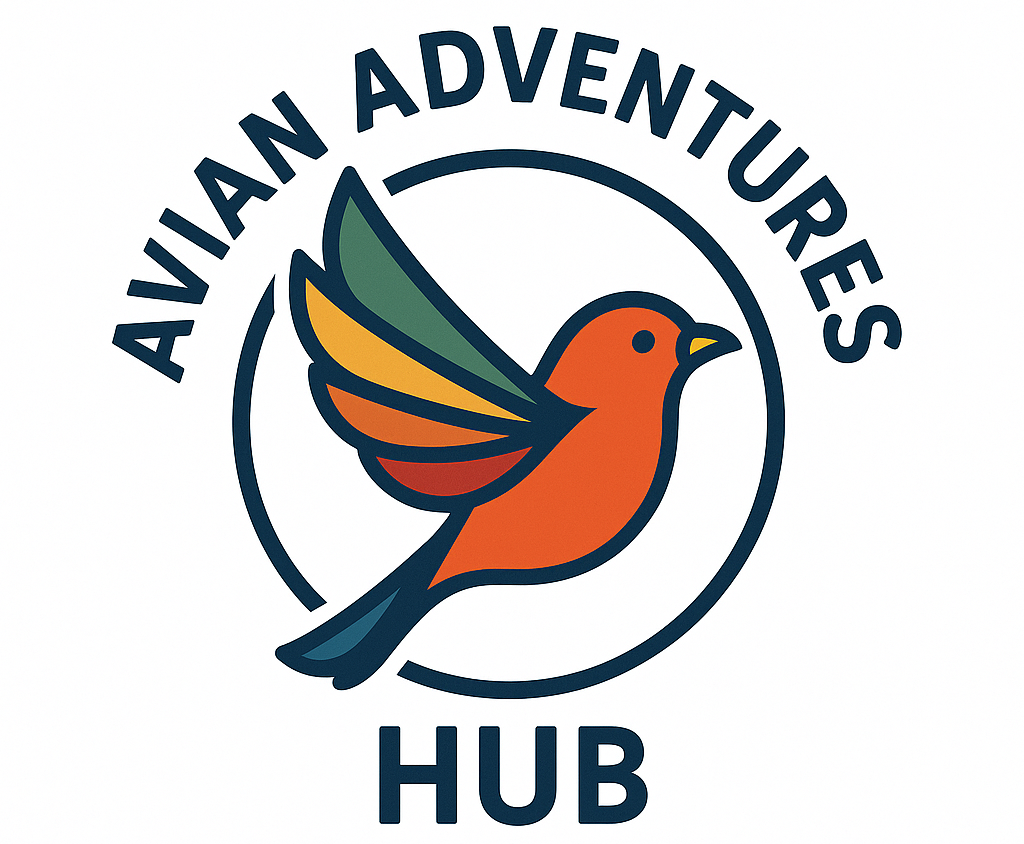Morocco: Best of Northwest Africa
Click link below to learn more:
Length of trip
Description
Morocco is one of the most exciting birdwatching destinations in the Western Palearctic. It offers a tantalizing mix of stunning landscapes, rich history, fascinating culture, and an outstanding bird list featuring regional endemics, migrants, and desert species, making a birding tour to Morocco truly special. Our itinerary uses high-standard accommodation throughout, most of which is in beautiful, traditional style Riads. The tour visits the country at the best time of year for birdwatching, and uses some of the best birding guides in Morocco.
 Temminck’s Lark is one of Morocco’s most striking lark species and one of many we will look for during the tour.
Temminck’s Lark is one of Morocco’s most striking lark species and one of many we will look for during the tour.
Its position at the northwesternmost tip of Africa makes Morocco a gateway between the continent and Europe. It acts as a key bottleneck in the African-Eurasian Flyway, funnelling millions of migratory birds through the country every spring as they head to European breeding grounds, and again in the fall as they return to their wintering areas in Africa. Morocco is an incredibly varied country to explore, shaped by the dramatic spine of the Atlas Mountains and the vast expanse of the Sahara Desert. From Mediterranean scrub and oak woodlands to snow-dusted alpine slopes, rocky steppe plains, lush oases, and rich coastal wetlands, the range of habitats is impressive. This in turn supports an exceptional number of bird species, including North African endemics such as Barbary Partridge, African Houbara, Moussier’s Redstart, and Atlas Wheatear, desert specialists like Egyptian Nightjar and Spotted Sandgrouse, and beautiful migrants such as European Roller, and Blue-cheeked Bee-eater.
 We will look for desert specialists, such as these Pin-tailed Sandgrouse.
We will look for desert specialists, such as these Pin-tailed Sandgrouse.
We begin our tour by heading to the breathtaking snow-capped High Atlas Mountains, where we target species endemic to the Maghreb region of northwestern Africa. Key birds here include Barbary Partridge, Levaillant’s Woodpecker, Maghreb Magpie, African Blue Tit, and Atlas Wheatear. From here, we cross the dramatic Tizi-n-Tichka Pass, stopping to search for Tristram’s Warbler, another Maghreb endemic, in the juniper forests.
Descending into the drier foothills, we explore the famed Tagdilt Track for desert specialties such as Crowned Sandgrouse and a number of wheatears and larks, including Thick-billed Lark and the gorgeous Red-rumped Wheatear. We have a good chance of encountering the impressive Pharaoh Eagle-Owl in nearby canyons, along with migrants moving north such as Eurasian Stone-curlew, Woodchat Shrike, Western Subalpine Warbler, and Common Nightingale. We will also seek the elusive Streaked Scrub Warbler, a prized monotypic family, against the backdrop of the towering Todra Gorge. Heading north to the Zaida Plain, we target the rare and declining Dupont’s Lark, as well as desert passerines such as Moussier’s Redstart and Desert Wheatear.
 Greater Hoopoe-Lark is a highly sought-after and tough target in the desert.
Greater Hoopoe-Lark is a highly sought-after and tough target in the desert.
As we move deeper into the desert, we stay in a beautiful traditional kasbah as our base to explore the Sahara Desert. Here some really special birds become possible, including spotted Sandgrouse, Desert Sparrow, Greater Hoopoe-Lark, Thick-billed Lark, Bar-tailed Lark and, with luck, the increasingly rare African Houbara, a bustard which has declined rapidly due to pressure from hunting. We will also target other exciting species such as Egyptian Nightjar, multiple sandgrouse species, Cream-colored Courser, Pharaoh Eagle-Owl, and much more. Migrants fill the hotel gardens, such as Western Orphean Warbler, Eurasian Wryneck, and Bluethroat.
Crossing the Anti-Atlas to Ouarzazate, we stop at a productive wetland, where anything can turn up among the huge numbers of wildfowl, shorebirds, gulls, and raptors, but top targets are Marbled Duck, Greater Flamingo, and Cream-colored Courser. Continuing west through the Souss Valley, the haunt of Rufous-tailed Scrub Robin, we pause to enjoy the beautiful historic town of Taroudant. After our fill of desert birding, we reach the Atlantic coast and spend three nights in Agadir, using this as a base to explore superb coastal estuaries, rivers, and waterbodies. Here we search for key species including Marbled Duck, Audouin’s Gull, Baillon’s Crake, Little Crake, Audouin’s Gull, and Great Spotted Cuckoo. Our primary target in this area is the fascinating and Endangered (BirdLife International) Northern Bald Ibis, one of the world’s rarest and most distinctive birds.
Finally, we head back inland via the Atlas Mountains and arrive in Marrakech for one final night. Upon arrival we have the option of enjoying the historic old quarter of Marrakech and the famous Jema-el-Fna square as we wrap up what is sure to have been a fantastic bird tour.
 Several of the migrants we will look for offer something of a blast of color, such as this gorgeous European Roller.
Several of the migrants we will look for offer something of a blast of color, such as this gorgeous European Roller.

